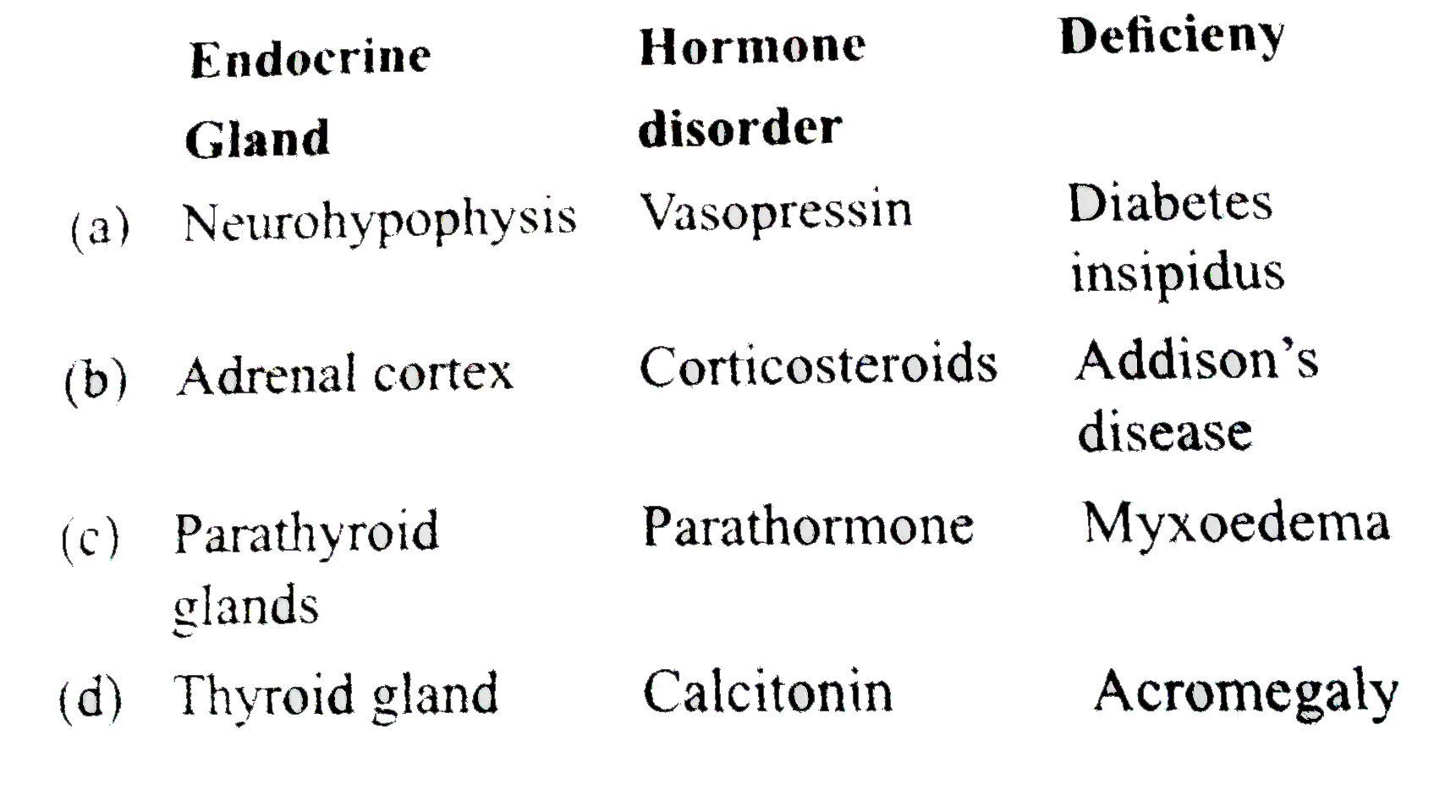Mark the correct order of lung capacities
EC <FRC <IC < VC
EC <IC < FRC < VC
VC < IC < EC < FRC
FRC <EC <IC < VC
The correct Answer is:A
To solve the question regarding the correct order of lung capacities, we need to understand the definitions and relationships between the various lung capacities mentioned in the video transcript. Here’s a step-by-step breakdown:
Step 1: Understand the Abbreviations
- ERV (Expiratory Reserve Volume): This is the volume of air that can be forcefully exhaled after a normal expiration.
- FRC (Functional Residual Capacity): This is the volume of air remaining in the lungs after a normal exhalation. It can be calculated as ERV + RV (Residual Volume).
- IC (Inspiratory Capacity): This is the maximum amount of air that can be inhaled after a normal exhalation. It is the sum of Tidal Volume (TV) and Inspiratory Reserve Volume (IRV).
- VC (Vital Capacity): This is the maximum amount of air that can be exhaled after the fullest inhalation possible. It is the sum of Tidal Volume, Inspiratory Reserve Volume, and Expiratory Reserve Volume.
Step 2: Compare the Capacities
- Vital Capacity (VC) is the largest capacity because it includes all the air that can be inhaled and exhaled (TV + IRV + ERV).
- Inspiratory Capacity (IC) is the maximum air that can be inhaled after a normal exhalation, which is less than VC.
- Functional Residual Capacity (FRC) is the amount of air left in the lungs after a normal exhalation (ERV + RV), which is generally less than IC.
- Expiratory Capacity (EC) is the volume of air that can be forcefully exhaled after a normal expiration, which is the smallest of the four capacities.
Step 3: Determine the Correct Order
Based on the definitions and comparisons:
1. Vital Capacity (VC) - Highest
2. Inspiratory Capacity (IC) - Second
3. Functional Residual Capacity (FRC) - Third
4. Expiratory Capacity (EC) - Lowest
Thus, the correct order of lung capacities is:
VC > IC > FRC > EC
Final Answer
The correct order of lung capacities is: Vital Capacity (VC) > Inspiratory Capacity (IC) > Functional Residual Capacity (FRC) > Expiratory Capacity (EC).
---
- ERV (Expiratory Reserve Volume): This is the volume of air that can be forcefully exhaled after a normal expiration.
- FRC (Functional Residual Capacity): This is the volume of air remaining in the lungs after a normal exhalation. It can be calculated as ERV + RV (Residual Volume).
- IC (Inspiratory Capacity): This is the maximum amount of air that can be inhaled after a normal exhalation. It is the sum of Tidal Volume (TV) and Inspiratory Reserve Volume (IRV).
- VC (Vital Capacity): This is the maximum amount of air that can be exhaled after the fullest inhalation possible. It is the sum of Tidal Volume, Inspiratory Reserve Volume, and Expiratory Reserve Volume.
- Vital Capacity (VC) is the largest capacity because it includes all the air that can be inhaled and exhaled (TV + IRV + ERV).
- Inspiratory Capacity (IC) is the maximum air that can be inhaled after a normal exhalation, which is less than VC.
- Functional Residual Capacity (FRC) is the amount of air left in the lungs after a normal exhalation (ERV + RV), which is generally less than IC.
- Expiratory Capacity (EC) is the volume of air that can be forcefully exhaled after a normal expiration, which is the smallest of the four capacities.
Based on the definitions and comparisons:
1. Vital Capacity (VC) - Highest
2. Inspiratory Capacity (IC) - Second
3. Functional Residual Capacity (FRC) - Third
4. Expiratory Capacity (EC) - Lowest
VC > IC > FRC > EC
The correct order of lung capacities is: Vital Capacity (VC) > Inspiratory Capacity (IC) > Functional Residual Capacity (FRC) > Expiratory Capacity (EC).
Topper's Solved these Questions
- BREATHING AND EXCHANGE OF GASES BOOK - AAKASH SERIESCHAPTER - BREATHING AND EXCHANGE OF GASES EXERCISE - EXERCISE-I (Exchange of Gases)
21 Videos
- BREATHING AND EXCHANGE OF GASES BOOK - AAKASH SERIESCHAPTER - BREATHING AND EXCHANGE OF GASES EXERCISE - EXERCISE-I (Transport of Gases)
31 Videos
- BREATHING AND EXCHANGE OF GASES BOOK - AAKASH SERIESCHAPTER - BREATHING AND EXCHANGE OF GASES EXERCISE - EXERCISE-III (Previous AIPMT/NEET Questions)
21 Videos
- BODY FLUIDS AND CIRCULATIONBOOK - AAKASH SERIESCHAPTER - BODY FLUIDS AND CIRCULATIONEXERCISE - Exercise -III (Previous AIPMT/NEET Questions)
35 Videos
- CHEMICAL COORDINATION AND INTERGRATIONBOOK - AAKASH SERIESCHAPTER - CHEMICAL COORDINATION AND INTERGRATIONEXERCISE - Exercise-III (previous AIPMT/NEET questions)
41 Videos
Similar Questions
Mark the correct one
View SolutionMark the correct one.
View SolutionMark the correct pair
View SolutionMark the correct sets

View SolutionMark the correct order of lung volumes
View SolutionMark the correct pair.
View SolutionMark the correct options
View SolutionMark the correct option:
View SolutionMark the correct options
View SolutionMark the correct option.
View Solution
